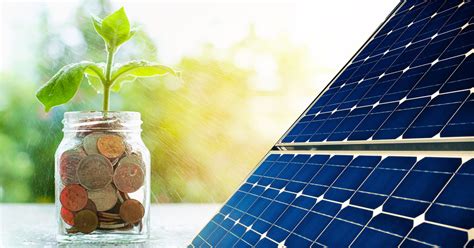The drive towards sustainable energy solutions has propelled solar energy into the limelight as a viable and increasingly popular option. However, while the allure of clean, renewable power is compelling, the financial equations underlying solar installations can be complex. This analysis is crucial, especially for potential homeowners eyeing solar power as a means to reduce energy bills and contribute to a greener planet.
One of the essential components contributing to the return on investment (ROI) for solar installations is the Solar Renewable Energy Certificate (SREC). These certificates can significantly influence the financial outcomes of solar adoption. For instance, homeowners in Washington DC have witnessed substantial financial returns primarily due to their reliance on SRECs. SREC values stem from regulations mandating energy companies to produce a certain quota of renewable energy, failing which they incur penalties. By participating in the SREC market, homeowners can offset their costs, effectively leveraging their solar production to gain financial rewards.
Yet, this economic choreography is not universally applicable. In regions where SREC values have decreased, the financial incentives for adopting solar may not be as enticing. Coupled with the rising network costs from energy supply companies, the dynamic nature of these incentives makes it paramount for potential solar adopters to carry out a detailed regional analysis. In contrast, adding battery storage to one’s solar ecosystem can bolster marginal returns considerably, albeit with a higher initial investiture. This approach can extend your non-consumption window significantly, making solar energy storage an attractive financial proposition.
The reality of home value appreciation from solar installations presents another layer of complexity. Although there are studies suggesting a direct correlation between solar installations and increased home value, the numbers don’t always align perfectly. For example, one user from Washington DC reported a $14,000 increase in home value on a $25,000 investment in solar. This discrepancy underscores the need for prospective solar adopters to view solar investments not merely through the lens of energy savings, but also as potential equity investments in their homes.
Moreover, while tax credits and rebates positively impact the financial viability of solar installations, they are transient. This volatility is captured aptly by discussions around federal and local incentives. For instance, a 26% federal tax credit can considerably mitigate initial costs, but its availability is subject to legislative changes. As such, the profitability and perceived value of solar investments can fluctuate, making long-term financial planning both crucial and challenging.
Perhaps one of the most debated topics in the realm of solar utilities is energy consumption patterns. The disparity in electricity consumption across different households is startling, with some homes using over 50 kWh per day, whereas others manage with as little as 10-15 kWh. This variance arises from multiple factors including geographic location, house size, number of occupants, and the presence of energy-intensive appliances like air conditioners and electric water heaters. For example, air conditioning units, especially in hotter climates, can dramatically spike energy consumption, thus tilting the ROI in favor of solar installations by offsetting these substantial operational costs.
To optimize the ROI of solar power, understanding load management becomes critical. Strategic load shifting — like running high-energy-demand appliances during peak solar production times — can minimize grid dependence and maximize self-consumption. Moreover, the advent of vehicle-to-grid (V2G) technology, though still in its nascent stages, promises to revolutionize the landscape by allowing electric vehicle batteries to serve as storage units for solar energy, aiding in grid stabilization and enhancing the overall value of solar investments.
The conversation also pivots towards the broader implications of renewable energy adoption, touching on environmental benefits and energy independence. A transition to renewable energy sources like solar can reduce reliance on fossil fuels, thereby minimizing geopolitical tensions linked to oil revenues. This shift holds significant socio-economic benefits, potentially paving the way for a more stable and self-reliant energy infrastructure globally. Despite the financial and logistical challenges inherent in adopting solar energy, its potential to transform energy consumption patterns and deliver environmental benefits cannot be overstated.
Thus, as the adoption of solar energy continues to grow, a multifaceted evaluation encompassing financial, environmental, and socio-economic perspectives becomes indispensable. Homeowners must navigate an array of considerations, from fluctuating SREC values and temporary tax incentives to the longevity of their installations and regional energy policies. By understanding these diverse elements, prospective solar adopters can make informed decisions that align with both their financial goals and environmental aspirations, ultimately leading to a more sustainable and energy-efficient future.


Leave a Reply